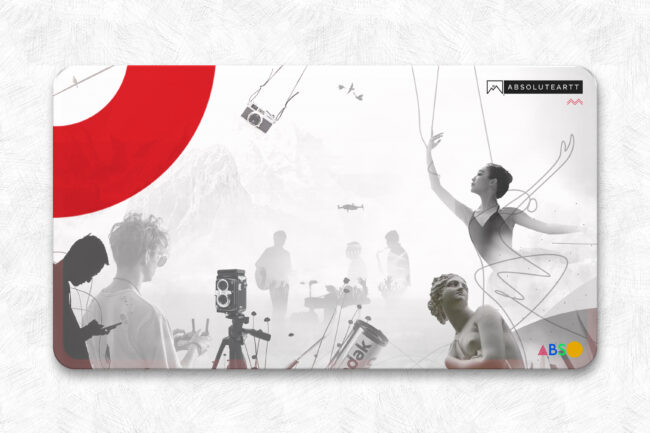The story of web design is a tale of constant transformation. From the first simple pages created by Tim Berners-Lee in 1991 to the interactive, personalized experiences we engage with today, the web has grown into a canvas for creativity, functionality, and connection.
The Early Days
The first websites were simple and utilitarian. Text, links, and basic formatting defined the web, serving as a new kind of library — functional but far from captivating. As HTML and CSS emerged in the mid-1990s, designers gained the tools to experiment with fonts, colors, and layouts, introducing visual expression to digital spaces. Early design was chaotic at times, a playground of experimentation with little standardization, yet it laid the groundwork for the structured creativity to come.
Responsive Design and Mobile Awareness
The proliferation of mobile devices in the early 2000s changed everything. Suddenly, websites had to be flexible, adapting to screens of all shapes and sizes. Responsive design became essential, prioritizing usability and functionality alongside aesthetics. This shift encouraged designers to think beyond static pages and to embrace simplicity, clarity, and adaptability, ensuring that websites could communicate effectively no matter the device.
The Emergence of Interaction
Mid-2000s web design embraced movement. Sliders, galleries, and animations began to bring pages to life, transforming the web from a static repository into an interactive experience. Designers explored ways to engage users, making websites not just informative but immersive and playful. This era marked a transition from passive viewing to active participation, shaping how users experienced content and deepening their connection with digital brands.
User-Centered Design
As the web matured, the focus shifted from technology to people. User-centered design emerged as a guiding principle, putting the audience’s needs, behaviors, and accessibility at the heart of every decision. Navigation became intuitive, interfaces became more inclusive, and usability testing ensured that websites worked as intended for everyone. The design process became empathetic, understanding that a website’s success is measured by how naturally and meaningfully users interact with it.
The Horizon of Web Design
Today, web design sits at the intersection of creativity and technology. AI, virtual reality, and personalization promise new ways to tailor experiences to individuals, while design continues to evolve as an expressive, functional, and immersive craft. The web is no longer a simple tool; it is an ecosystem where visuals, interactions, and content coexist to create experiences that inform, delight, and inspire.
Web design has never been static, and perhaps its most exciting quality is its continual evolution. Each technological advance, each new design philosophy, pushes boundaries, inviting designers to rethink how we communicate, engage, and connect online. The web is not just a collection of pages — it is a space that reflects human curiosity, creativity, and the desire for meaningful interaction, constantly reshaping the way we live and experience the digital world.





